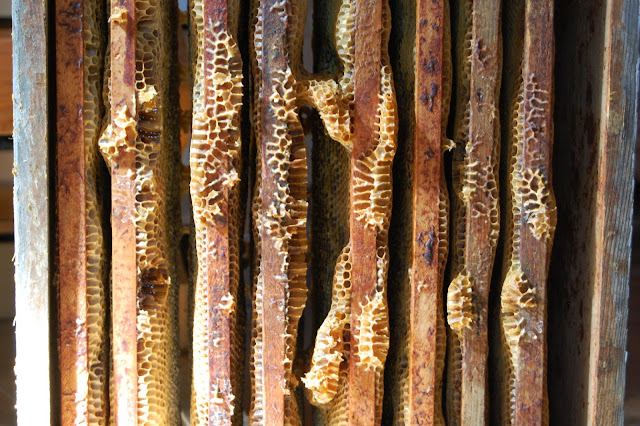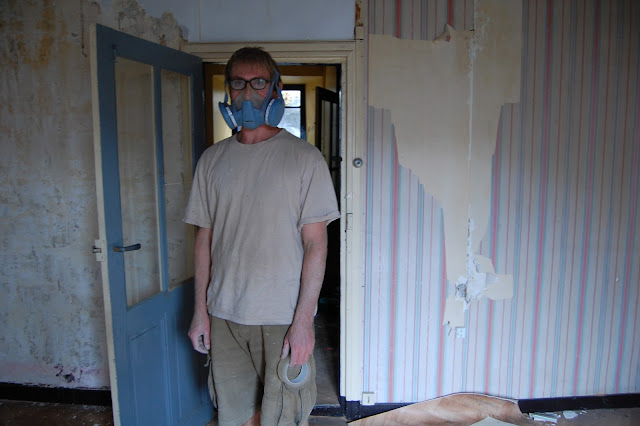FIRST MONTH
It's
not heat per se, it's the kind of heat that only exists in a tent
under the sun. That's the kind of heat I am wondering if I should
have allowed into our lives. A lot of people questioned the wisdom of
camping for a summer under the sun in southern France and I wish I
had listened a little better! On a brighter note, the last few days
have brought torrential downpours, the ground under the tent has
become soft clay, moulding to the shapes of our feet. The sound of
raindrops beating onto the roof of the tent has replaced the hiss of
the cicadas and there's that feeling of unrivalled cosyness. Florent
and I suspect we are more suited to wet camping holidys in
Pembrokeshire. The kind where half the tent blows away in the night
and you persevere through the next day with the planned coastal walk,
freezing to the bone. Finally, with the family strapped into the car,
there are the audible sighs of relief and the comforting glow of Port
Talbot industry to the right as the motorway curves reassuringly
homeward. Anyway, I digress.
As
always there are the difficult moments but also the beautiful ones.
The family where we are staying harvested honey from their hives and
we watched as the wax lids to the honey comb were carefully sliced
off and the honey drained out in a metal barrel. Honey flicking to
the sides, catching the sun, like sparks coming off a blacksmith's
hammer. Then the children coated their fingers in the honey running
from the tap at the bottom of the barrel, licking it into their
mouths, smiling sticky smiles. Honey half an hour from the hive.
On
the hottest day so far we didn't work but went to the lake to swim,
surrounded by other families enjoying the sandy shore, turquoise
water and shadey trees. We've watched the Tour de France flash by,
cyclists intensely concentrated as they passed by hundreds of
spectators shouting and clapping.
The
House
I
feel that there is a romantic notion behind restoration of an old
building. Particularly one that has not been lived in for some years
or that is in particularly bad repair. I love the idea of giving use
and meaning and value to materials long forgotten or left to
dissintegrate. The ressurection of something whose history has become
meaningless as long as it is abandoned and unremarked upon. The
house, as I've mentioned, is tiny and dark. It's modest. We are
beginning to peel back it's layers. Most of the discoveries have been
things like finding lead based paint, asbestos chimney flues and
roofing. However, from a time predating these sadly fated
innovations, we have also discovered large wooden beams in one of the
walls, most likely dating back to the original construction of the
house, in about 1750. It's interesting but throws up the first
dilema; as this makes damp proofing harder and makes the plaster over
it more prone to cracks do we use plaster boards to create a smooth
and simple wall. We both feel that covering walls which are almost
three hundred years old in plaster board isn't quite right...
The
work moves forward slowly. Mostly demolition interspersed with
discovery.









Comments
Post a Comment